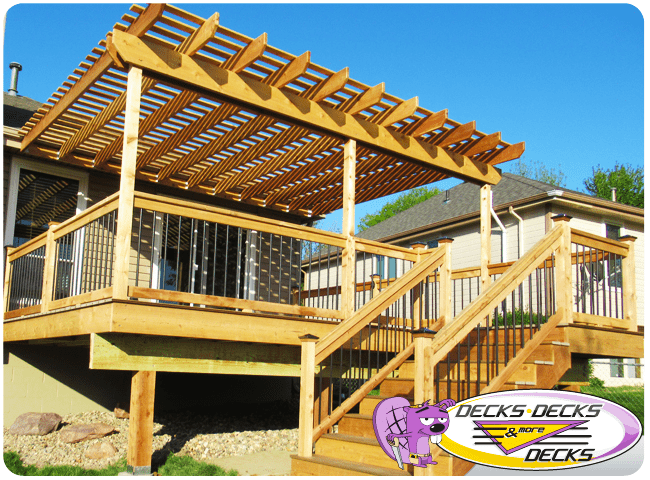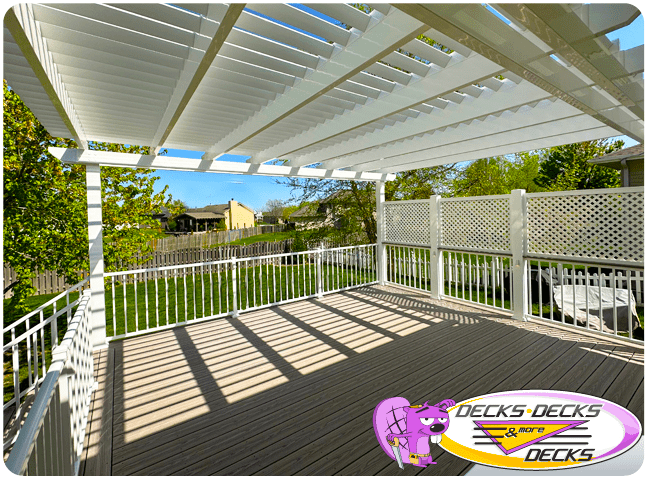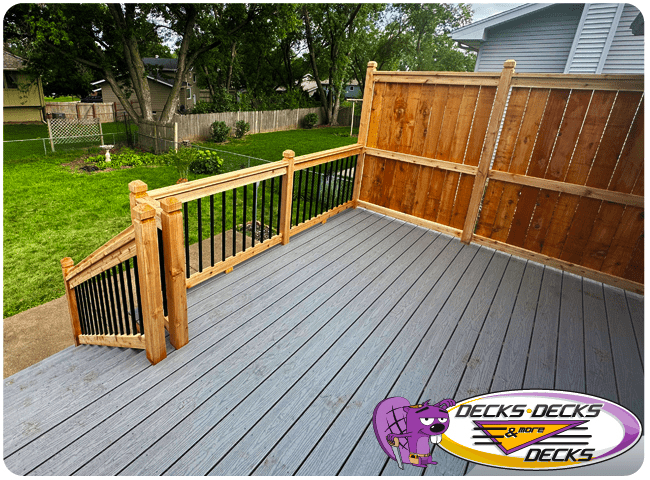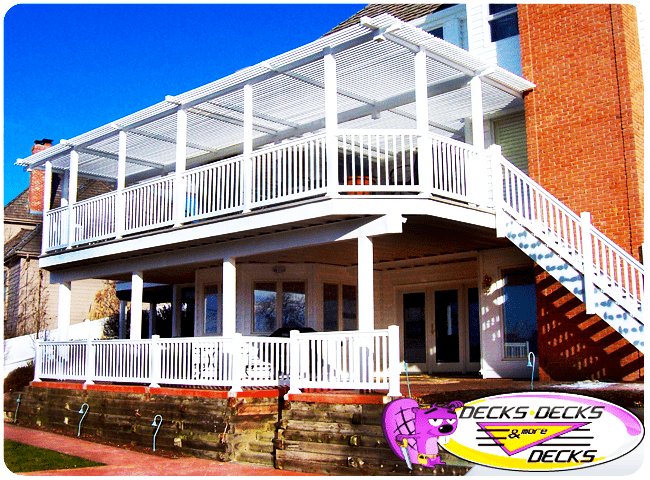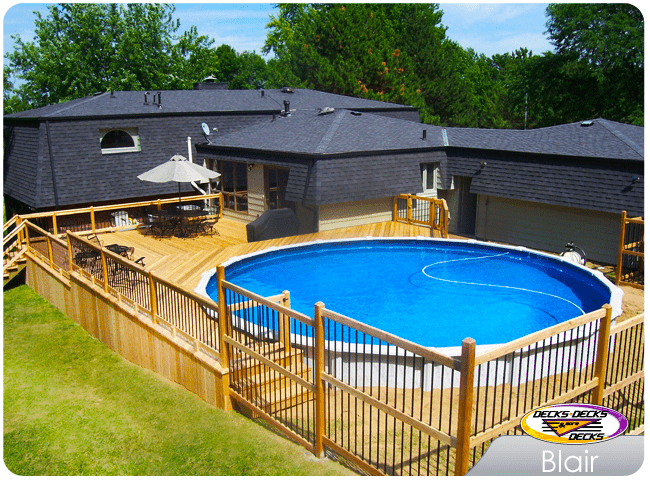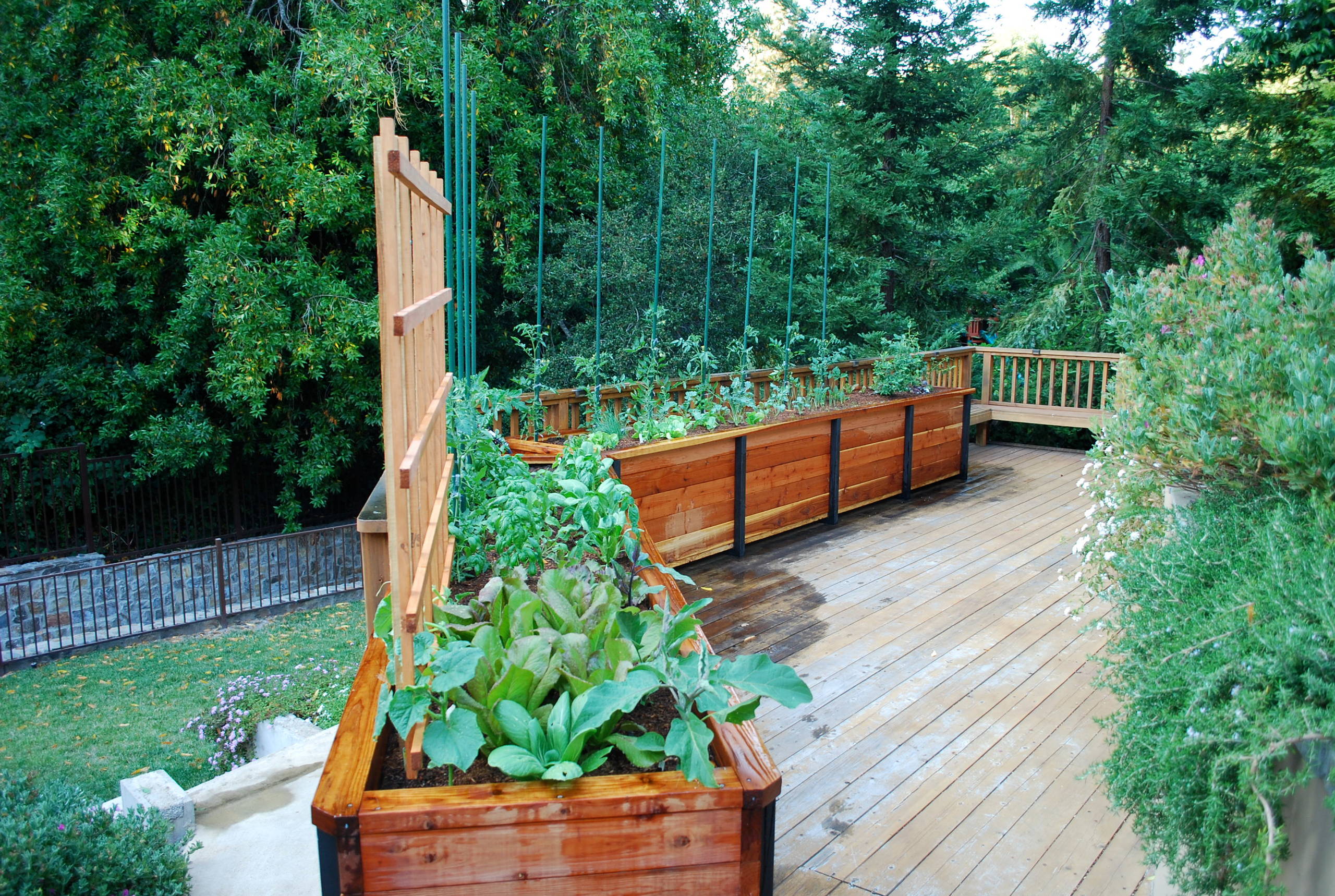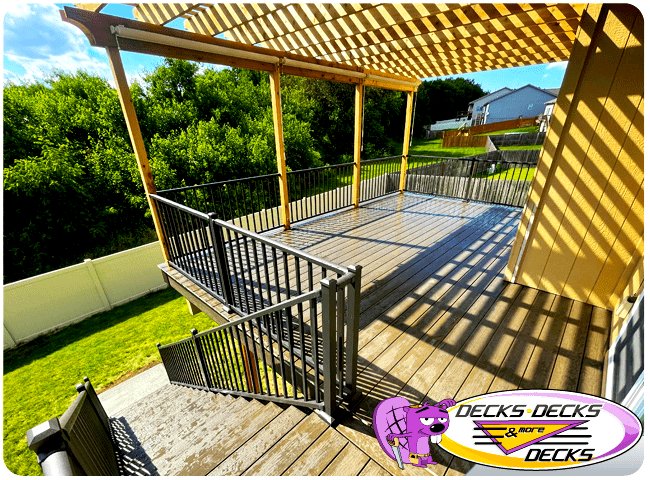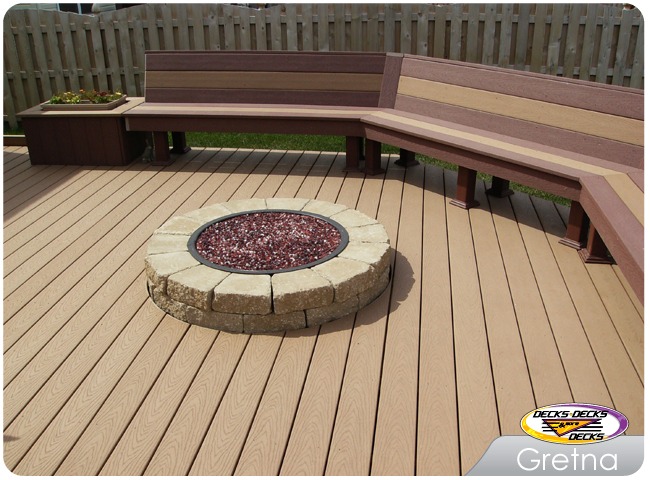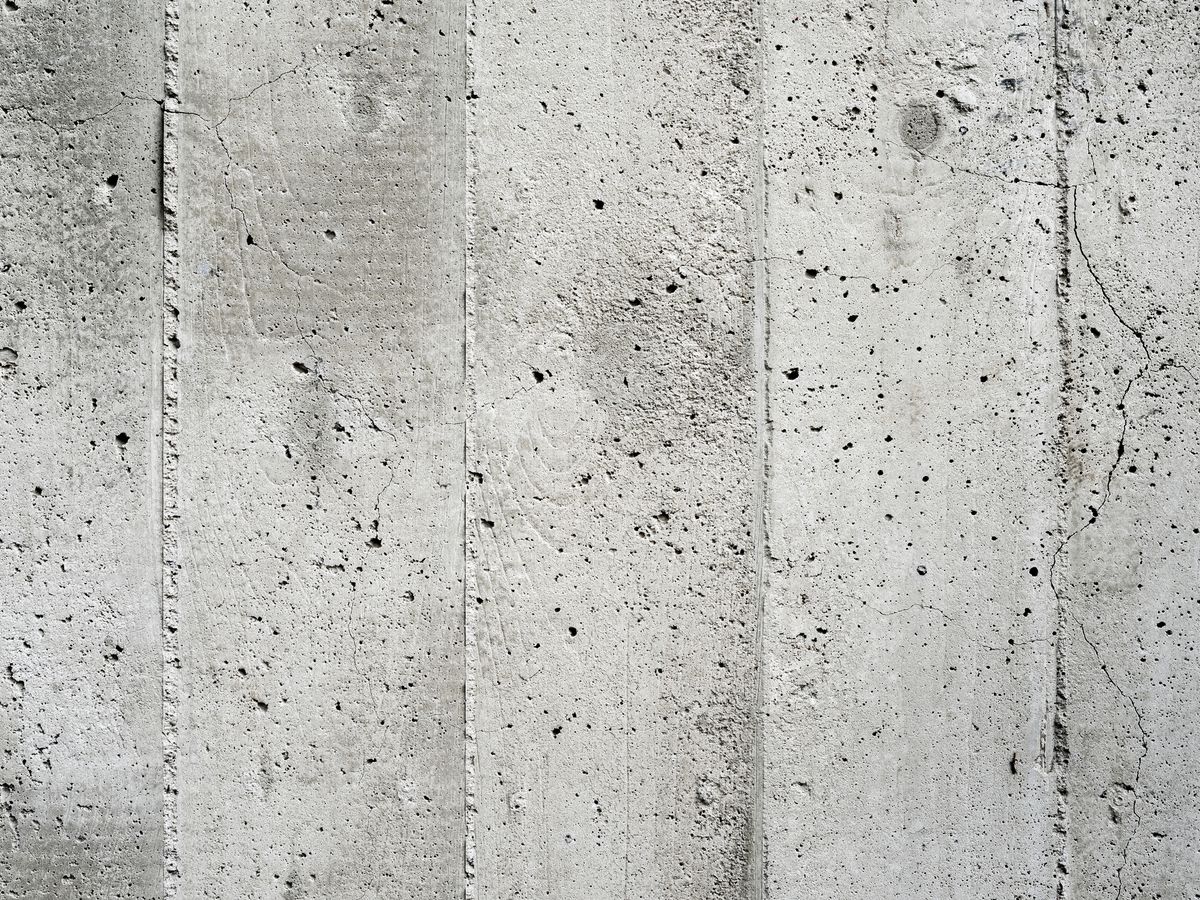Achieving Quality in Deck Projects: From Craftsmanship to Life Enhancements
When it comes to building or renovating your deck, quality is paramount. Whether it’s the materials used, the craftsmanship involved, or the overall design, focusing on quality ensures a durable, beautiful, and enjoyable outdoor space. In this guide, we’ll explore the various aspects of quality in deck projects, including control measures, craftsmanship, decking materials, roof installations, and how these contribute to quality of life improvements.
Importance of Quality in Deck Projects
Investing in quality for your deck project provides long-term benefits that go beyond aesthetics:
- Durability: High-quality materials and construction practices ensure your deck withstands weather, wear, and time.
- Safety: Adhering to quality standards in construction and materials reduces the risk of accidents and structural failures.
- Value: A well-built deck adds value to your home, making it a worthwhile investment if you ever decide to sell.
Quality Control in Deck Construction
Quality control is essential throughout the deck building process to ensure every aspect meets high standards:
- Material Selection: Choose durable and reliable materials, such as pressure-treated wood, composite decking, or PVC. Opt for materials with a proven track record for resistance to moisture, UV rays, and pests.
- Workmanship Standards: Employ skilled craftsmen who follow best practices for installation, from setting footings to securing railings. Ensure all connections and fastenings are solid and secure.
- Inspections: Conduct regular inspections at key stages of the project, such as after framing and before final finishing, to catch and correct any issues early.
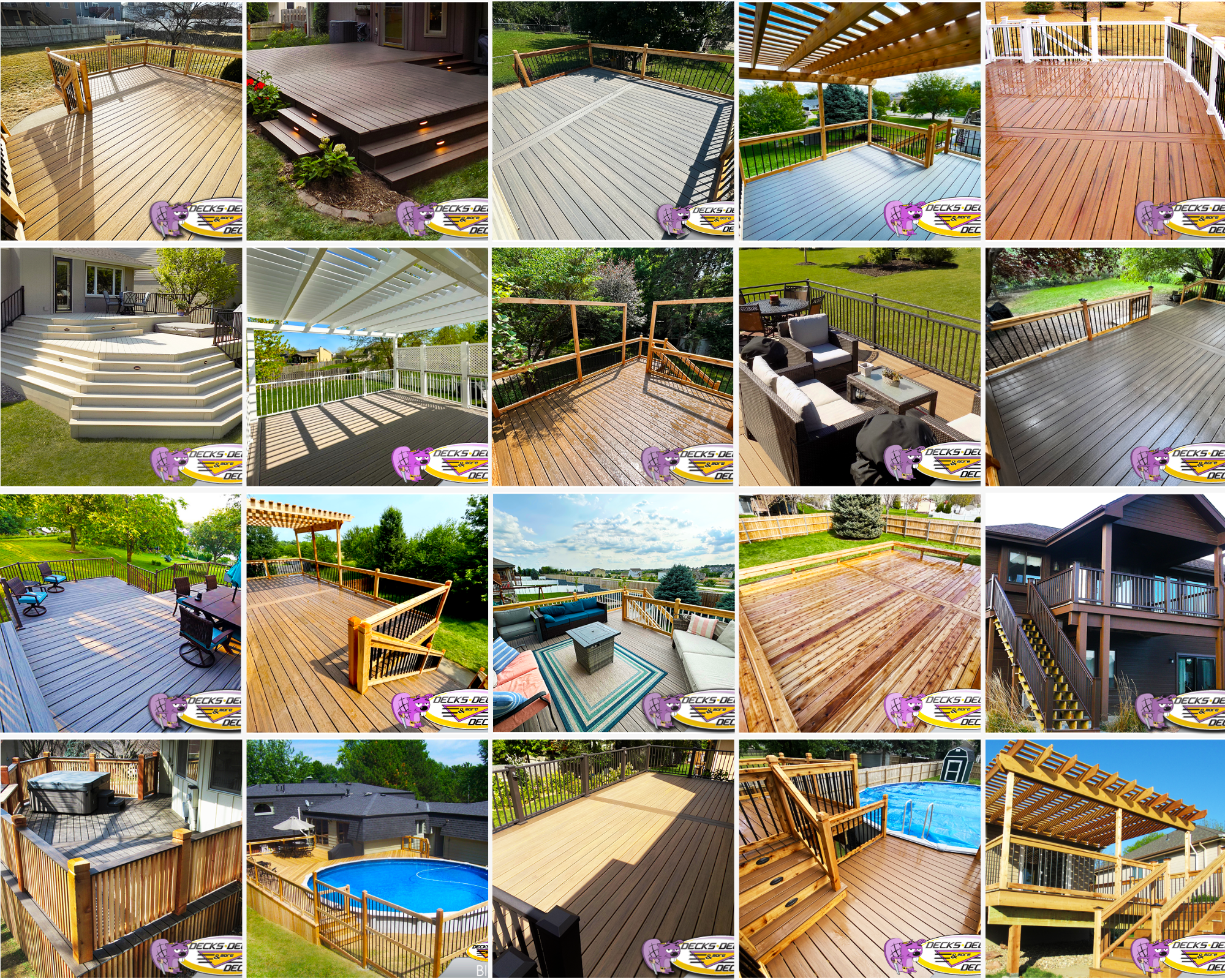
Quality Craftsmanship in Deck Building
Quality craftsmanship is what sets an ordinary deck apart from an exceptional one:
- Precision Cuts and Joints: Perfectly cut boards and tight joints reflect a high level of skill and attention to detail. This not only looks better but also ensures structural integrity.
- Smooth Finishes: From sanding rough edges to applying even finishes, quality craftsmanship is evident in the final touches.
- Custom Features: Skilled builders can incorporate custom elements like built-in seating, planters, or intricate railing designs that enhance the deck’s functionality and appearance.
Quality Deck Roof Installation
A quality deck roof installation provides protection from the elements and extends the usability of your deck:
- Material Quality: Use weather-resistant materials like aluminum, steel, or high-grade shingles to ensure longevity and minimal maintenance.
- Proper Sealing and Flashing: Prevent leaks and water damage by properly sealing the roof and using flashing around any openings or joints.
- Structural Integrity: Ensure the roof is securely attached to the deck structure and can withstand wind, rain, and snow loads without compromising safety.
Quality Decking Materials
Choosing quality decking materials is essential for a beautiful and long-lasting deck:
- Composite Decking: Offers durability, low maintenance, and resistance to fading, staining, and scratching. It’s a popular choice for homeowners looking for a quality finish with minimal upkeep.
- Hardwood Options: Woods like Ipe, Mahogany, and Teak are prized for their natural beauty and longevity. They require more maintenance but provide unmatched quality and aesthetic appeal.
- Pressure-Treated Wood: A cost-effective option that, when treated properly, provides good durability and resistance to rot and insects. Be sure to choose premium-grade treated lumber for the best results.
Quality of Life Improvements Through Deck Upgrades
Enhancing your deck with quality upgrades can significantly improve your quality of life:
- Increased Outdoor Living Space: A high-quality deck expands your living area, providing a space for relaxation, entertainment, and family activities.
- Comfort and Accessibility: Features like smooth transitions, slip-resistant surfaces, and comfortable seating make your deck more usable for all family members.
- Aesthetic Enhancements: Adding quality features like ambient lighting, custom railings, and built-in planters enhances the overall beauty and enjoyment of your deck.
Conclusion
Focusing on quality in every aspect of your deck project—from construction to materials to final touches—ensures a beautiful, durable, and enjoyable outdoor space. Whether you’re investing in a new deck, roof installation, or just upgrading existing features, prioritizing quality will pay off in the long run. Ready to elevate your deck with quality craftsmanship and materials? Contact us today for expert advice and top-notch service.


